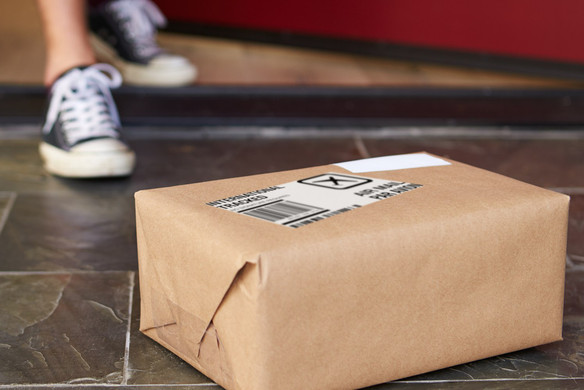Table of contents
Subscription boxes — regular shipments of curated items — are one of the hottest trends disrupting e-commerce.
The industry has grown a whopping 3,000 percent in the last three years, with tens of millions of Americans now paying monthly for deliveries of everything from pet goodies to meal kits to clothes to beauty supplies.
A recent study by Crimson Hexagon, which analyzed social media conversations surrounding the major industry players, uncovered why these subscription boxes have become so popular:
- The element of surprise and excitement: Many said receiving a new box in the mail (regardless of the product category) “made them feel like it was Christmas morning.”
- Curation: People posted about the joy they feel receiving a box of items tailored toward their tastes. For the most part, they’re confident that subscription boxes are exposing them to only high-quality products vetted by experts.
- Convenience: Subscription boxes give consumers back time that would otherwise be spent trying to the discern the difference between similar items in stores or online. The classic benefit of e-commerce — that is, not having to leave the house — played big here as well.
Birchbox (beauty and makeup), NatureBox (healthy snacks), and BarkBox (dog items) were the early pioneers here, but given the ballooning consumer appetite, new retailers are entering the market all the time.
But the subscription box industry doesn’t have to be limited to companies that specialize in it. Bigger companies like Starbucks, Sephora, and Walmart have even gotten into the ring. And there are now ample opportunities for smaller, independent brick-and-mortar shops to make subscription boxes part of their business model.
If you’re interested in subscription boxes, the first question you have to ask is whether you want your product included in an existing subscription box or you want to start your own service.
Getting your product in an existing subscription box
Putting your product in an existing subscription box can be a good way to expand the reach of your brand. But the first thing to know about subscription boxes is that some only source free products while others pay you for your products.
Giving your product — or a sample of your product if you sell food or beauty products — away might be a good option for you if you’re a relatively new business looking to drive awareness or find new customers. If you can’t afford that, you should limit your search.
Once you’ve decided whether you are willing to give your product away or you want to be paid, start researching the types of boxes that exist. Make a list of boxes that would put your products in front of the right audience, alongside similar products or brands. Then reach out to the subscription services to ask about their process, if they pay, how big their subscription list is, etc.
Based on all the information you discover, you should be able to determine if this is the right decision for your business.
Starting your own subscription box
While it may seem like more work, starting your own subscription box may be a better bet for some retailers. There are services — like Cratejoy and Subbly — that can help you start up subscription boxes, taking care of the hassle of website coding, hosting, billing, and shipping logistics.
The first step of starting your own subscription service is coming up with a compelling idea. As the market crowds, diversification is key. Subscription boxes that hit a particularly niche market are the ones most likely to stand out from the competition.
Instead of clothing items, for example, you might limit your offerings to just pants. A children’s store could send out just new games every month, or a skin care store could focus on season-specific beauty products.
The next step is to research your audience.
According to Crimson Hexagon’s study, nearly three-quarters of the subscription box audience is female. But perhaps surprisingly, they’re not millennials. Crimson Hexagon’s research showed that more than half of all the consumers engaged in the subscription economy are over the age of 35. But that doesn’t mean that you should only start a subscription box if you have female customers.
Send out a survey to your existing customers asking them which subscription services they’ve signed up for, and whether they’d be interested in regular, curated shipments from you. Look to what competitors in your space are doing (even if they’re larger companies), and check out what people are saying about them on social.
Once you have a good idea of the customer you’re going after, put together a prototype box. Send it out to some friends, family, or a few of your VIP customers to get their reactions.
Once you’ve perfected your prototype, start the prelaunch phase. Build buzz through social media and email marketing campaigns, and start collecting email addresses of prospective subscribers.
After you have a solid subscriber base, begin presale orders. Use that money to fund your first subscription box — and then you’re off to the races.
![]()











